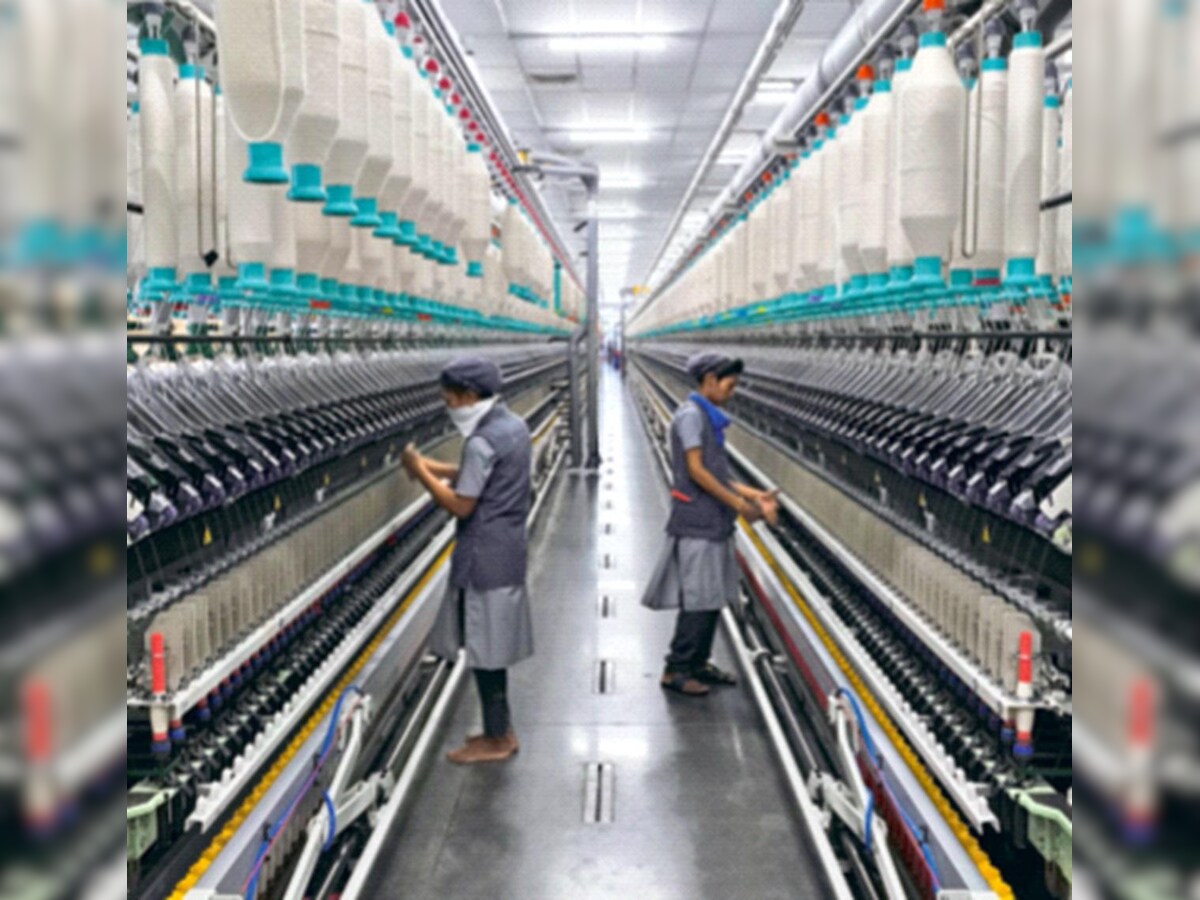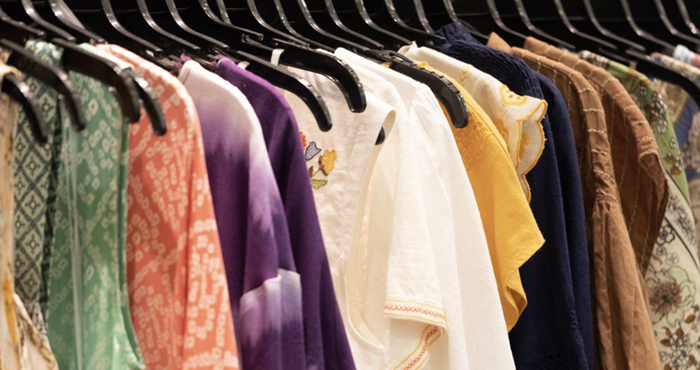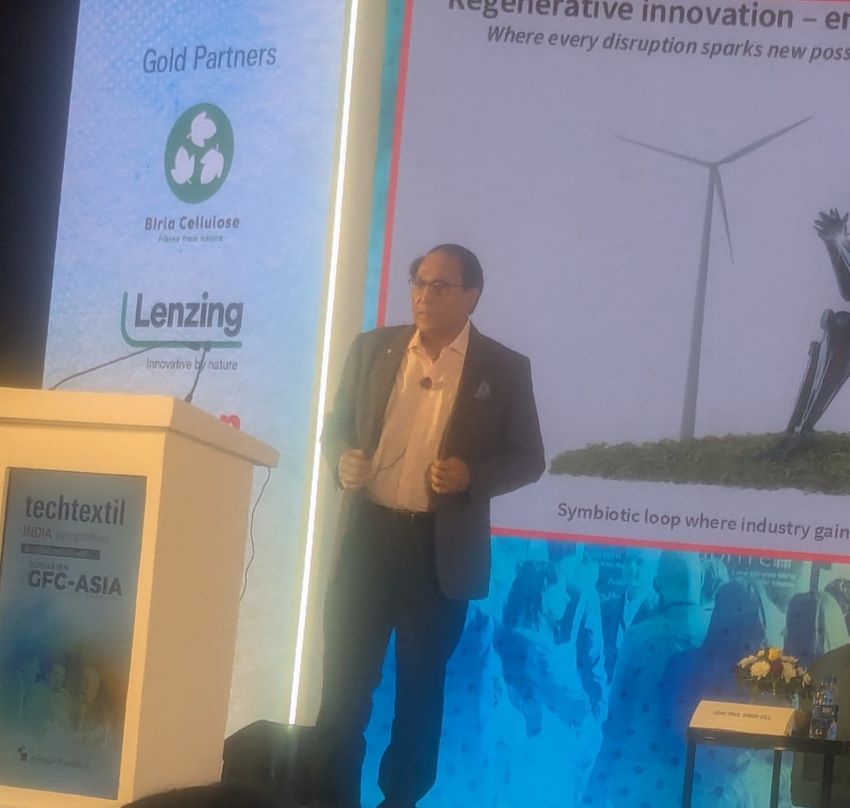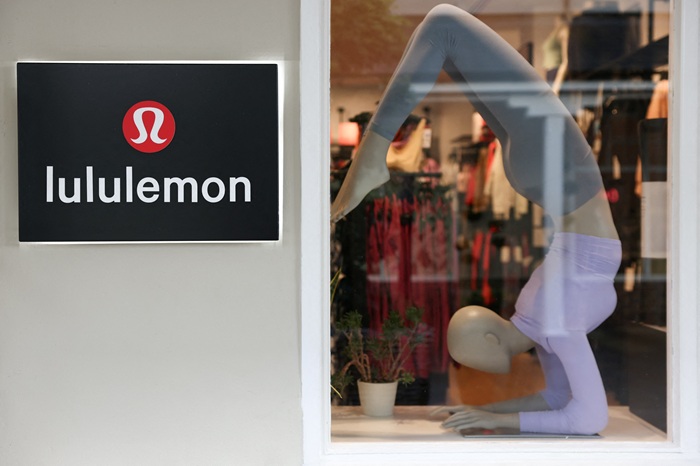
Amid demonetisation, the Indian textile & clothing industry grew at around 6-7 per cent in the first quarter of the financial year 2017-18. Garments and apparels contribute nearly 50 per cent of all India’s T&C exports, and today stand at $35 billion, which is close to competing countries such as Bangladesh, Turkey and Vietnam. Thanks to a slew of investments and increasing capacities in the knit fabric and knitwear segments, knitwear is registering 30 per cent growth of all textile production; and is slated to ride India’s export potential to the target of $50bn in total T&C exports by 2020. As per studies, the knits sector, along with home textiles, remains the sunshine area for India’s exports, when the growth and exports of yarns, grey fabrics and denim etc., have plateaued out.
India among top knits exporters
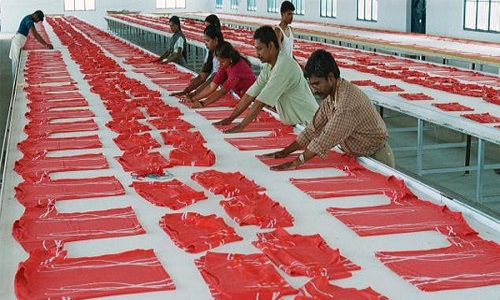
The ranking of the top 10 exporters of textile and apparel products remained unchanged in 2016, with China (36 per cent), India (5 per cent) and Bangladesh (4 per cent) in the first three positions. UN Comtrade trade data reveal, global trade in textiles and apparel fell in 2016 for the second consecutive year, due to weak demand. There was a 1.4 per cent decline to $765 bn for 2016, from $776bn in 2015, which is a cause of concern for many developing countries including India. The Indian textile industry, currently estimated at around $120bn, is expected to reach $230bn by 2020. Indeed the emergence of new developing economies such as Cambodia, Myanmar, Kenya and Ethiopia, is posing challenges and concerns for apparel exports from India.
Tirupur continues to flourish as knit hub
In order to sustain its position, the government has given a boost via capital subsidies under the ATUF, where new and existing manufacturers gain 25 per cent outright grant on machinery investment, a policy that also drives employment generation under the Skill India mission. Given the success of ‘brand Tirupur’ for knits in South India, the government is going all out to support new investments in the knits and knitwear/apparel segments, to help drive India’s global textile trade share to more than its existing 5 per cent.
Over recent decades, Tirupur has emerged a brand for knits sourcing and boasts of a turnover of Rs 300 billion, derived from both exports and domestic knitwear supplies. Ludhiana is the distant second and, perhaps, Kolkata (mainly for underwear segment) is the third competitor, with Delhi NCR the fourth key hub. Tirupur alone contributes nearly 50 per cent of India’s total knitted textile and clothing exports. Tirupur has become a benchmark for India for its competitiveness and the quality of its knitwear exports. It has already delivered knitwear exports the tune of $1bn in the first quarter of the current FY 2017-18. Exports are projected to grow in the current quarter, due to new global orders for summer 2018. One of the weakest links in the knits sector is the lack of modern processing, with a focus on fabric printing, which would be value-adding in terms of dyeing and printing and is required in order for the industry to be sustainable in its water conservation and green initiatives.

